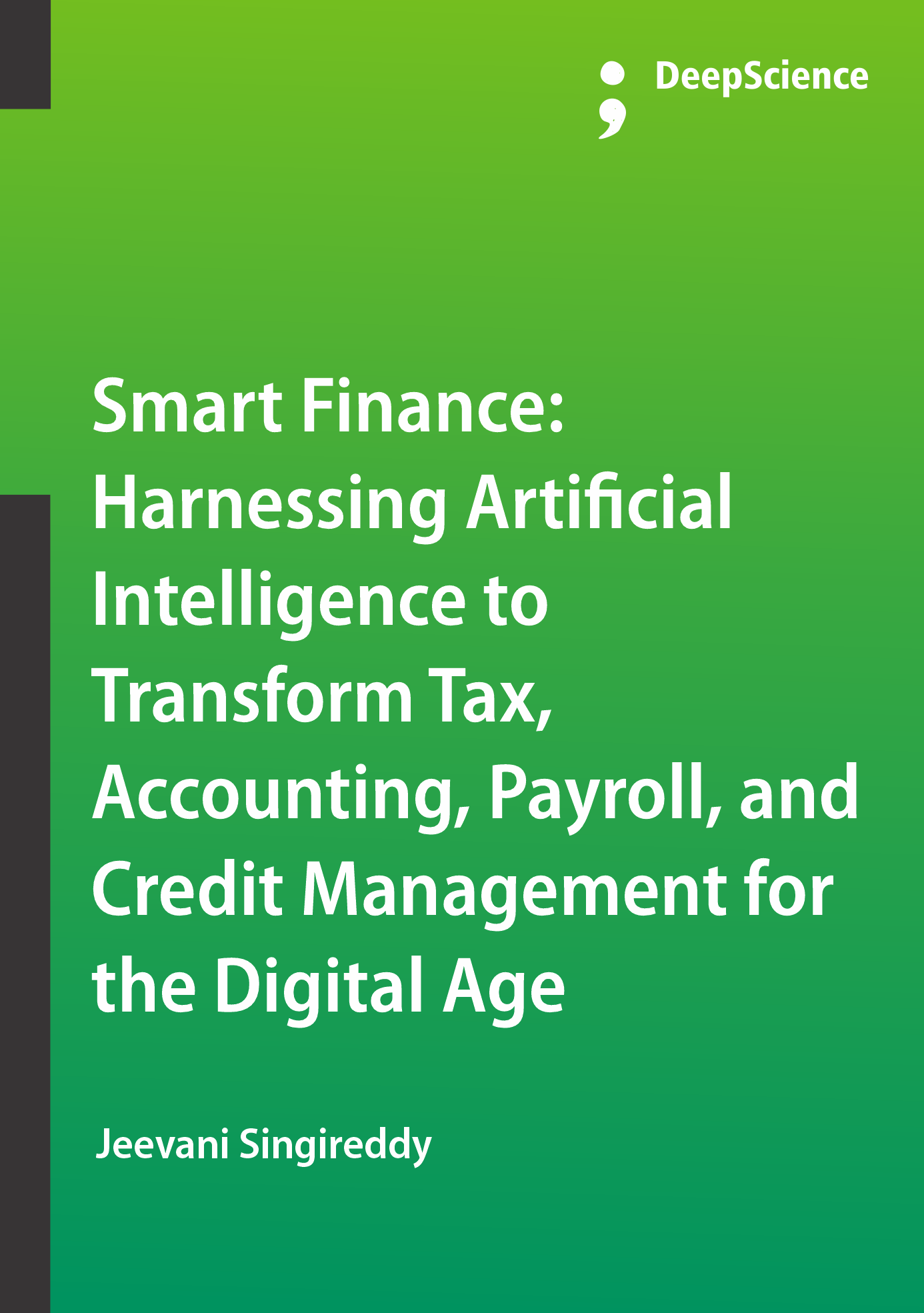Credit intelligence: Real-time credit monitoring, scoring, and management using artificial intelligence models
Synopsis
The aggregation of data from a variety of sources opens up a wealth of actual-time insight into the health of a business in several sectors, such as manufacturing, retail, and telecommunications. Many credit bureaus already monitor effects of ongoing events on the creditworthiness of businesses instantly. These realities introduce the need for a trustworthy AI credit risk evaluation system that produces scoring results that are motivated technically. Such transparency and trust of the scoring agents are important for acceptance in the Board of the agency or to the top management of this agency. Gatherings of norms and standards for trustworthy AI systems also reinforce this necessity. Therefore, typical documents from the loan application or other financial reports are seen as insufficient. A combination of these documents with techniques that are capable of understanding the language of natural language processing (NLP) is a promising solution to be investigated.
When analyzing a re-balance of credit scoring agencies in terms of scores that followed a newcomers’ defaults of loans, retroactive shock impacts on score behaviors are carefully examined in further depth. With appropriate explanations based on the changed parameters, an essential feedback to the modeling agent is reported to be essential to avoid future similar issues. In terms of accounting systems changes, explanations designed for the credit score agency are similarly found useful. It is also desired that retail institutions whose services are impacted by such changes get intelligible explanations, so that their product offerings may be modified accordingly.
The number of credit scoring models in use, their corresponding formulae, and their authority within an organization all grew in the last decade of the twentieth century. Fundamentally since the turn of the twenty-first century, many societies in every part of the world began to experience a level of laxity in two markets, credit and housing, because consumer demand far exceeded the available supply. There was a general sense that the World was riding a boom characterized by a wealth effect, but for a few sharp analysts, the models under scrutiny were clearly outdated. The first hint of mispricing was offered by the collation of credit scores – models learnt a decade and more before and meant to benefit the inclusion of the financially marginalized in a more general economy. These models demonstrated clearly that a new class of Big Data was ready to be accepted for credit risk assessment. The idea that the more data the better was no longer universally credible.













